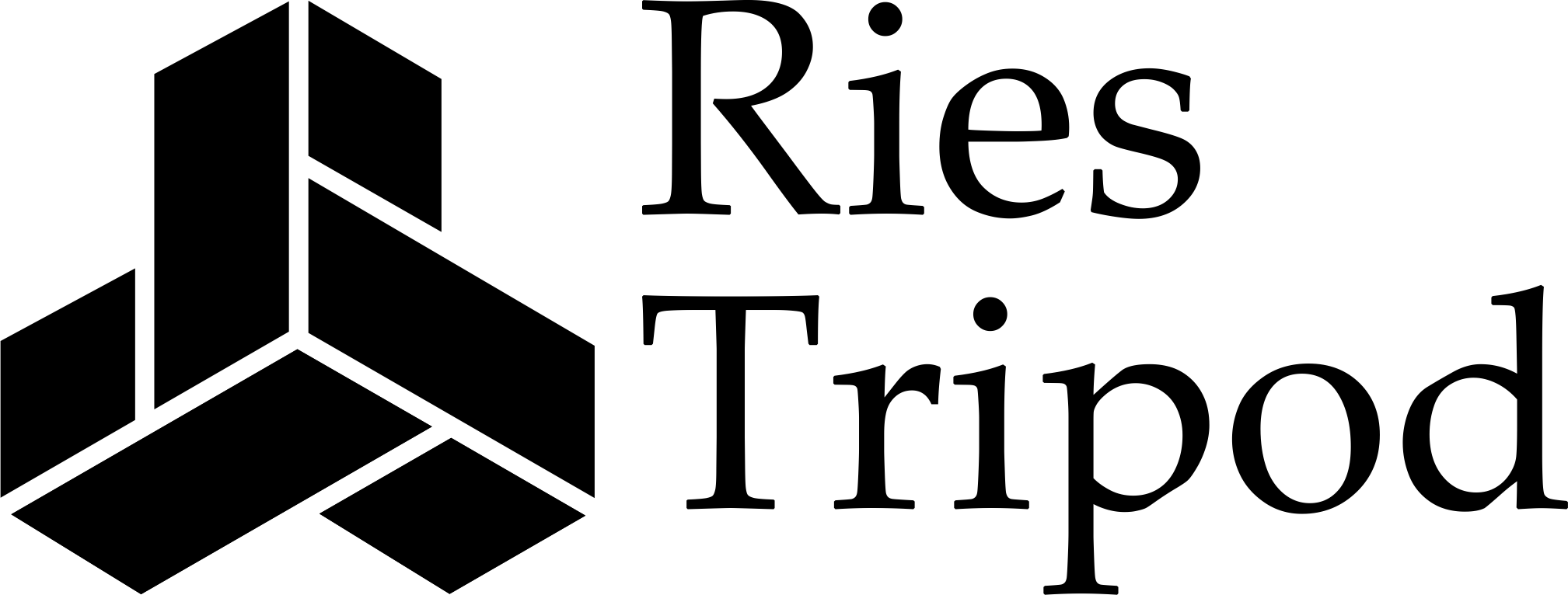First we must start with the size:
Large format photography refers to photography that uses film or digital sensors that are larger than the standard 35mm format and the 120mm film medium format The sizes of large format photography are typically measured in inches, and the most common sizes are 4×5 inches, 5X7 inches 8×10 inches, and 11×14 inches.
4×5 inches: This is the smallest size of large format photography, and it is commonly used for portrait, landscape, and still life photography. This is the most economical size format. It is also the most portable.
8×10 inches: This is a larger size of large format photography, and it is commonly used for landscape, architectural, and portrait photography. This the most common of all large format. Just remember that for one photo of an 8×10 is equal to two photos of a 4×5.
11×14 inches: This is the largest size of large format photography, and it is commonly used for portrait and fine art photography.
Ultra Large Formats are 12×20 inches, and 16×20 inches. The size of the film or digital sensor used in large format photography determines the level of detail and resolution that can be achieved in the final image. Hopefully you have a lot of money and if you want take this equipment up a mountain you will need a few Sherpas too.
The most important factor in choosing the format you want to work in is all of the other equipment required. As your size goes up so does the cost and the weight. The camera, the lenses, the film holders, the camera head, the tripod, the cases the film changing tent, the film developing tank, Trays, enlarger, paper vault… Size really matters. The difference in price is for all the other equipment besides the camera sometimes is more than the camera.

There are several types of large format cameras, including:
- View camera: A view camera is a large format camera that has a flexible bellows that allows the lens and film plane to be adjusted independently of each other. This allows the photographer to control the focus and perspective of the image. Deardorff is the most popular. Chamonix being the best.
- Technical camera: A technical camera is a large format camera that is designed for precise control over the focus and perspective of the image. It is often used for architectural and product photography. Several manufacturers including Sinar, Alpa, Horseman, Linhof and Cambo
- Monorail camera: A monorail camera is a large format camera that has a single rail that the camera body and lens slide along. This allows for precise control over the focus and perspective of the image. Some of the same technical cameras are also monorails. Calumet, Cambo and Sinar.
- Field camera: A field camera is a large format camera that is designed to be portable and easy to use in the field. For this type of camera 4×5 is nice but 5×7 is the more preferred format size. It typically has a folding bellows and is smaller and lighter than other types of large format cameras. Toyo, Wista and Canham are the best brands.
- Press camera: A press camera is a large format camera that is designed for use in the newsroom. It is typically smaller, 4×5 and lighter than other types of large format cameras, and it has a shorter focal length lens to allow for wider angles of view. Bush Pressman is my personal favorite because of the e high quality construction.
- Toy camera: A toy camera is a large format camera that is designed to look and function like a toy. It is often used for artistic or experimental photography.

Leave a Reply